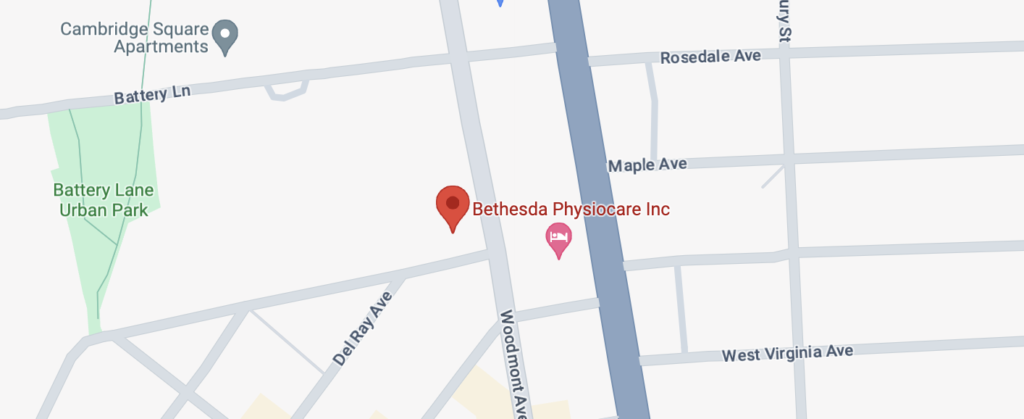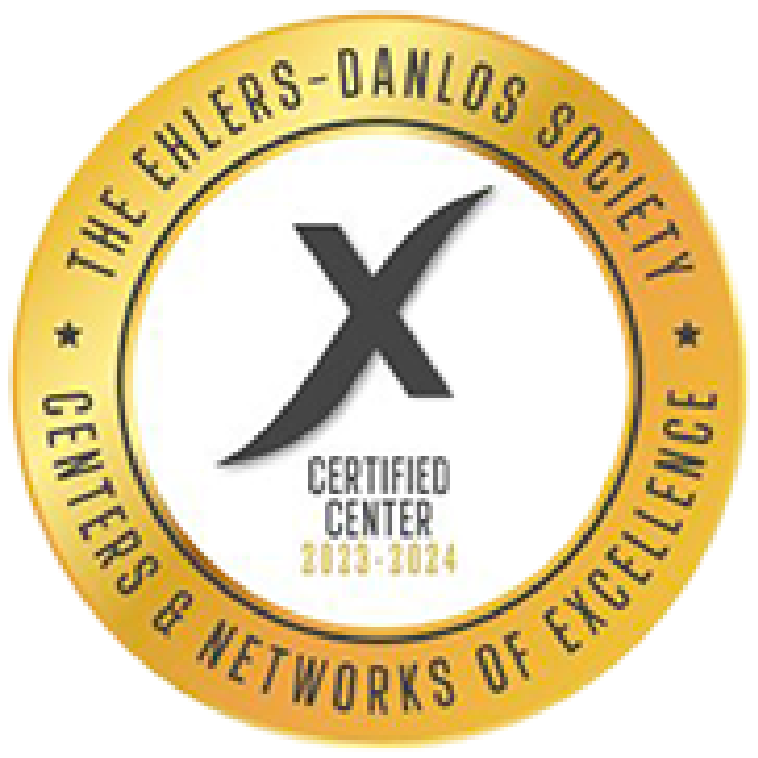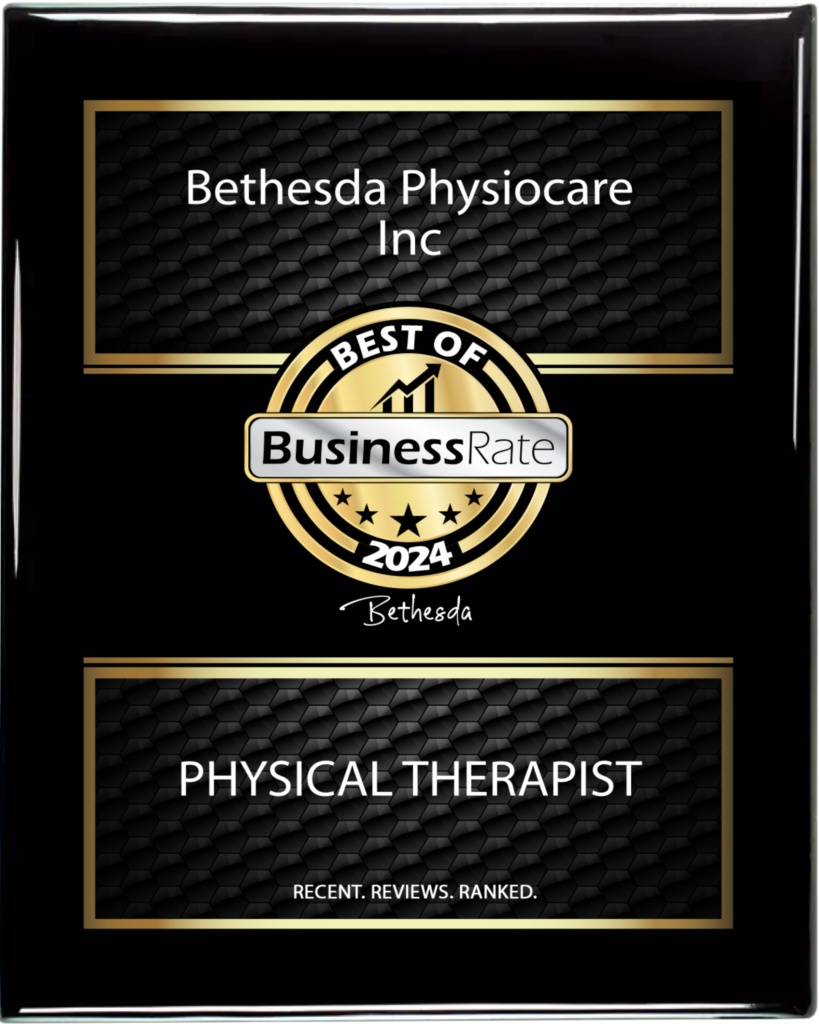
In the past few decades, the field of physical therapy has made incredible strides in helping people improve pain, overcome injury, and enhance mobility. The field has evolved through extensive research, technology, and a deeper understanding of human movement. As the profession grows, new and exciting modalities have come into focus to help patients regain movement, heal injuries, and improve musculoskeletal issues. One of the most recent approaches garnering its fair share of attention is dry needling.
Although early references to the practice start as early as the mid 20th century, dry needling has become an important part of the physical therapist’s arsenal in the 21st century, greatly thanks to the pioneering work by Dr. Jan Dommerholt, President and owner of both Bethesda Physiocare and Myopain Seminars. Dr. Dommerholt was the first physical therapist in the US to teach dry needling courses back in 1996!
Let’s review the technique and how it came to be.
What is Dry Needling?
To understand dry needling, we must first define the concept of myofascial trigger points. Trigger points are defined as pain that arises from hyperirritable spots in skeletal muscle and is associated with nodules in taut bands of muscle. In other words, what is often referred to as “muscle knots.”
Most people have experienced some form of myofascial pain, as it often manifests itself in painful palpable areas of the muscle that are tender to the touch and can cause considerable discomfort and affect mobility. These muscle knots, however, are more complex than first meets the eye, and the treatment of them requires extensive knowledge of muscle tissues, myofascial structure, and other anatomical mechanisms.
The Evolution of the Dry Needling Technique
Physical therapy aims to help people in their rehabilitation from pain, injury, or a lack of mobility. Since its beginnings in the early 20th century, the field has become a well-regarded specialty that forms part of overall recovery.
In the late 1930s Dr. John Kellgren, a British rheumatologist, explored muscle pain after the injection of saline solutions, and he showed that muscles often refer pain or tenderness to areas removed from the problem site or injection site. However, it was Dr. Janet Travell in the US, who became known as the “godmother” of myofascial pain. She explored pain from trigger points and described already in the late 1940-ties that tenderness in these muscle spots could be found via palpation (or touch) and, that injecting solutions such as procaine in these tender points often far removed from the pain site, could actually diminish pain. Thus, the concept of trigger points began to take shape.
Travell developed the concept of myofascial pain and myofascial trigger points. A physician in Prague, Dr. Karl Lewit published the first authoritative study about dry needling in 1979. After Jan Dommerholt met Dr. Travell in 1989, he and a few others in Spain and Switzerland, quickly recognized that physical therapists were the perfect profession to provide relief for musculoskeletal pain. It would take over a decade after the first dry needling courses before dry needling would soon take off in its own right in the physiotherapy sphere.
Already in 1984, Maryland was the first state to improve dry needling by physical therapist. Twenty years later, only four states approved dry needling under the physical therapy umbrella. The practice is growing in popularity due to increasing documentation of its advantages including reduction of local, referred, and widespread pain, as well as improvement in range of motion and reduction in the acidity of the trigger points. In 2022, only a few states have not approved dry needling by physical therapists.
Dry needling no longer targets just trigger points; recently, dry needling is also used to treat painful scars and fascia, reduce spasticity, improve flexibility, and enhance athletic performance. Dry needling is very safe in the hands of a qualified physical therapist even for patients who are taking blood thinners.
So How Does Trigger Point Dry Needling Work?
For people suffering from muscle pain or spasms, dry needling can be an effective treatment, as part of a larger pain management approach, in finding relief from disruptive muscle pain and mobility issues. Dry needling targets the myofascial structure to improve blood flow and improve pain.
Muscles that are overworked, strained, or injured develop tight trigger points that are tender to the touch and can cause pain. The muscles in question often go a long time with improper contraction or improper use and develop an inadequate blood supply. When this happens, parts of the muscle may not receive enough oxygen. This lack of oxygen prevents the muscle from relaxing and returning to its normal resting state.
Dry needling helps improve pain by:
- Stimulating a trigger point to increase normal blood supply into the tissue
- Increases blood supply to flush out the sore spots
- The prickling sensation can also stimulate nerve fibers that send signals to the brain to release endorphins
The technique requires an experienced therapist to locate the involved trigger points and target them correctly. The therapist then inserts a very thin monofilament needle through the skin, often moving the needle to elicit what is called a local twitch response. The Bethesda Physiocare team is made up of experts in dry needling. In fact, founder and owner Dr. Jan Dommerholt has written extensively on the subject and as we already mentioned introduced the practice of dry needling in the United States in the late 90s!
Is Dry Needling Right For You?
If you suffer from muscle pain and loss of mobility, dry needling can form part of your plan of care and help you towards recovery. Dry needling is an important component of a larger treatment plan for people suffering from pain.
Want to learn more about this modality and how it can help you? Call Bethesda Physiocare today and learn more.



